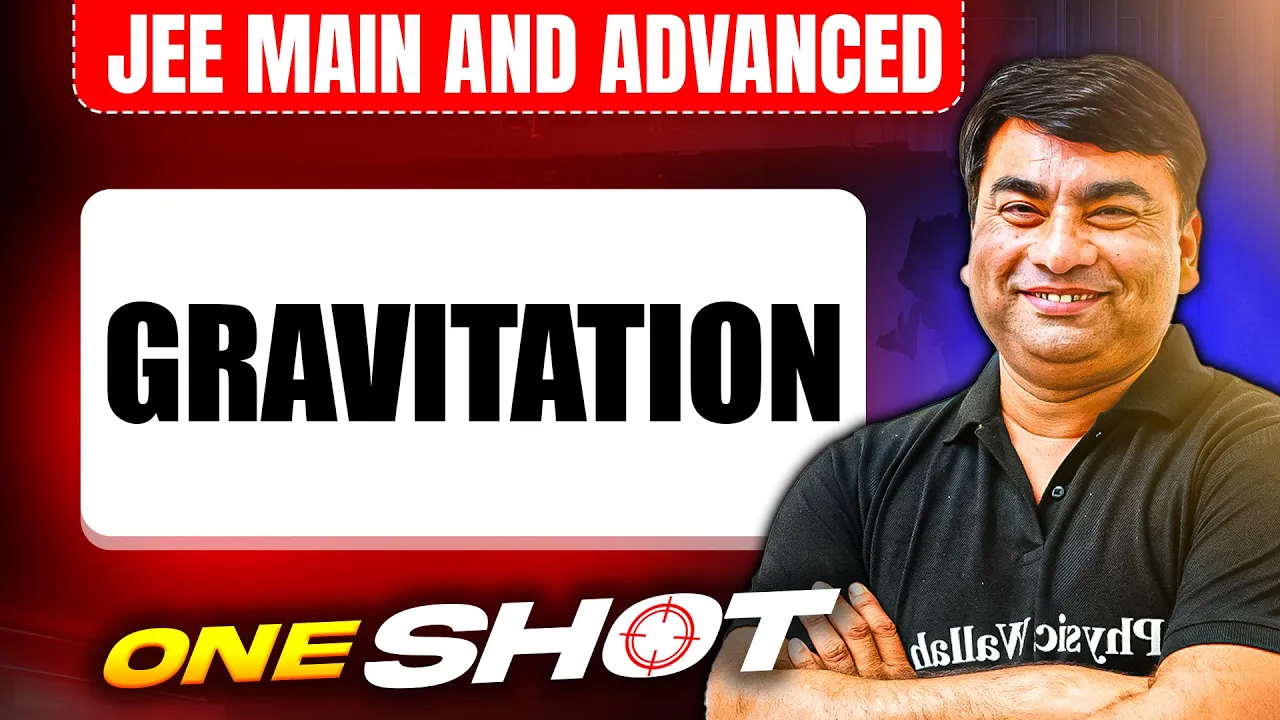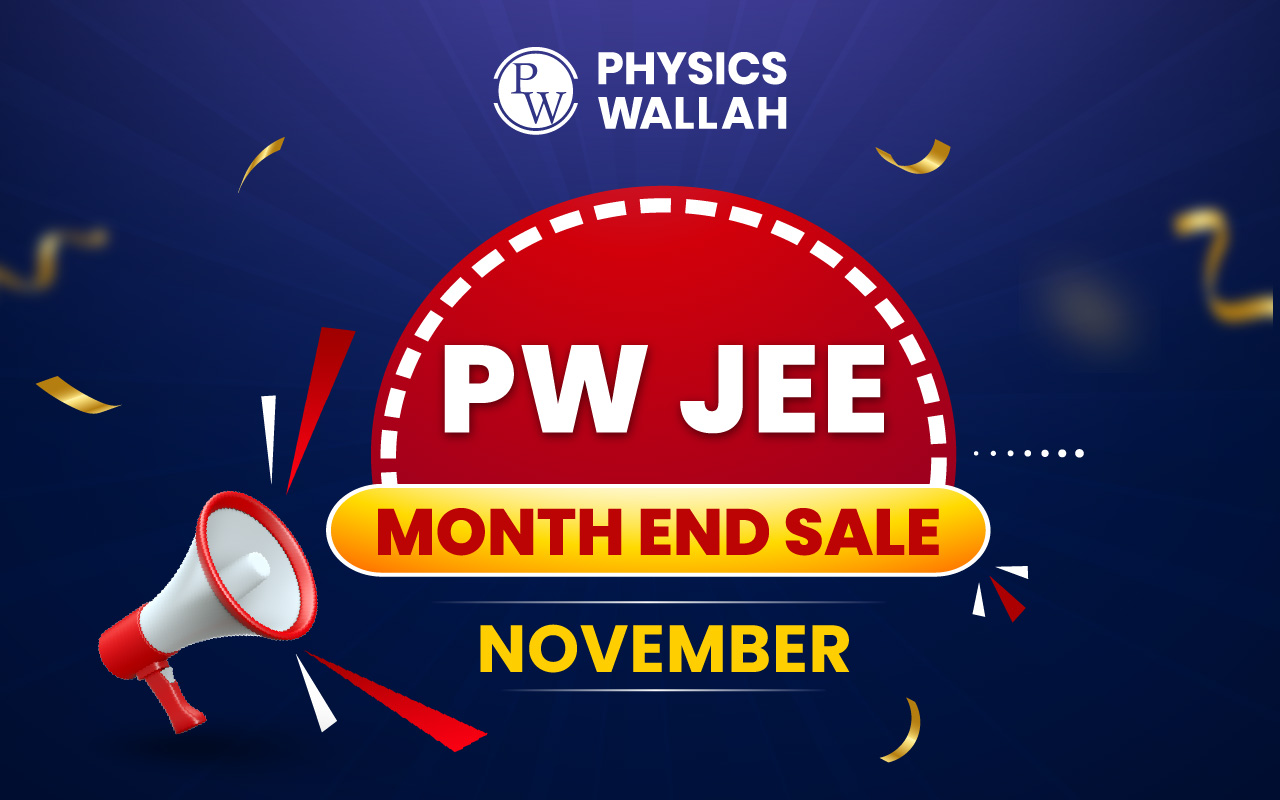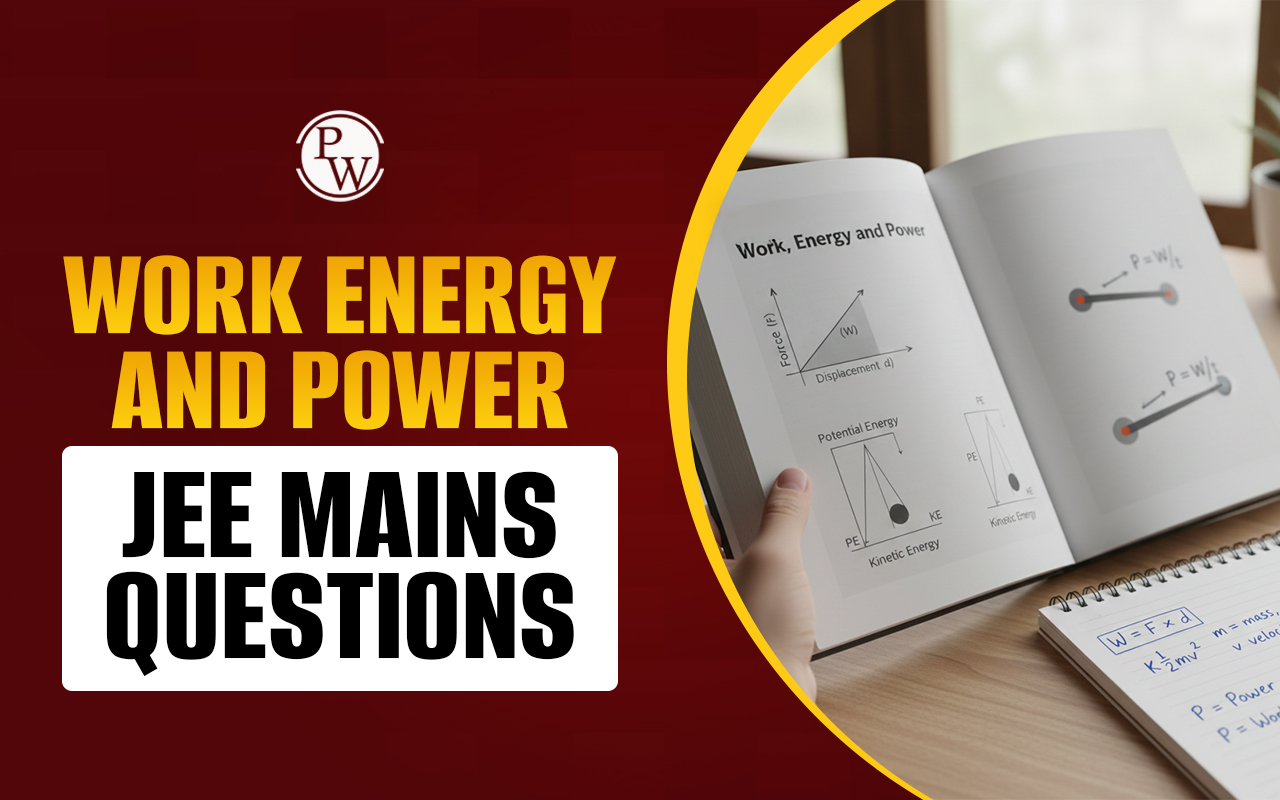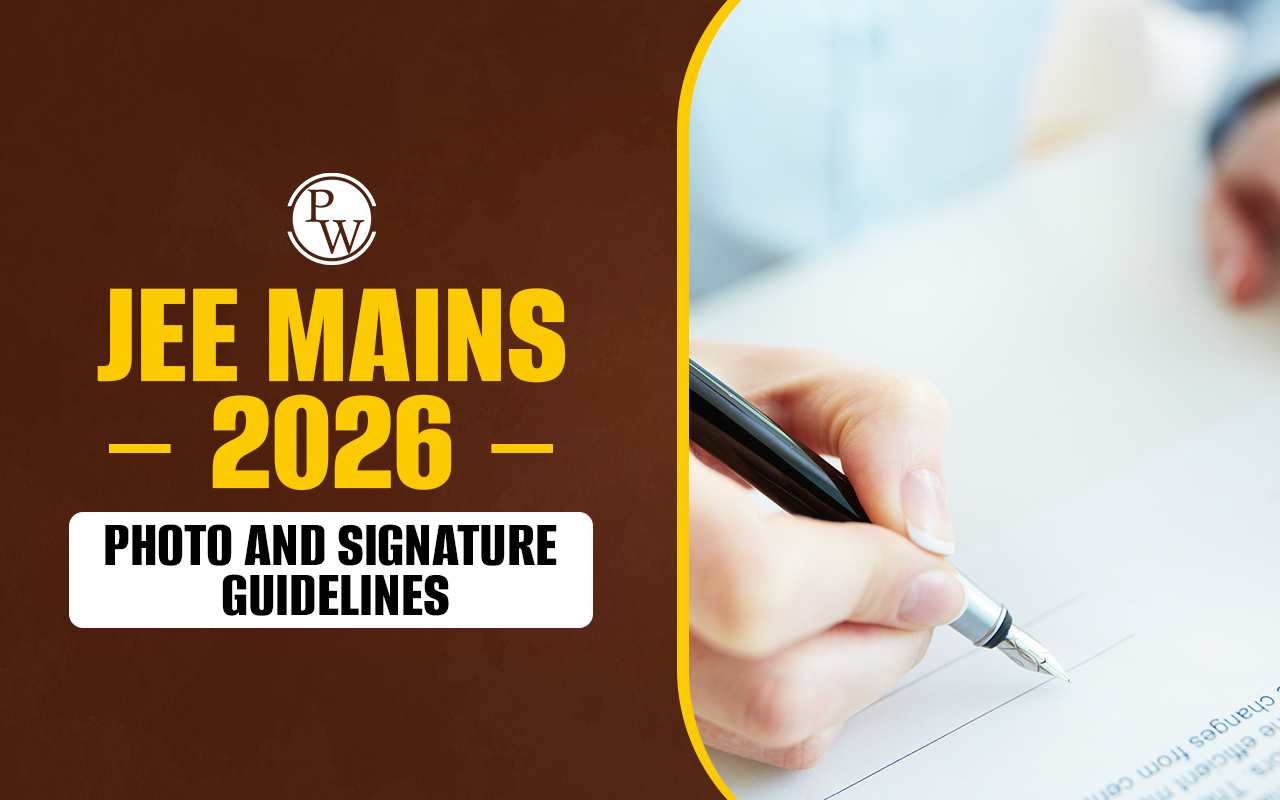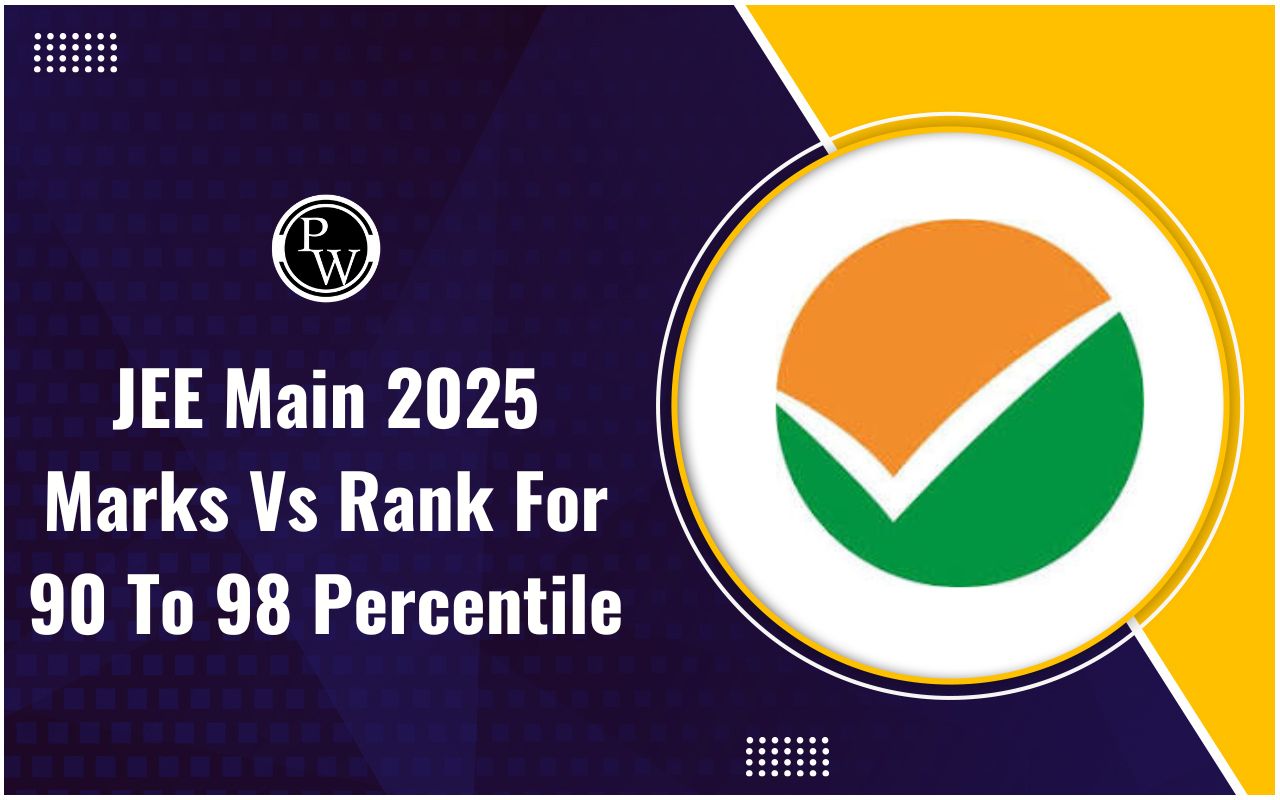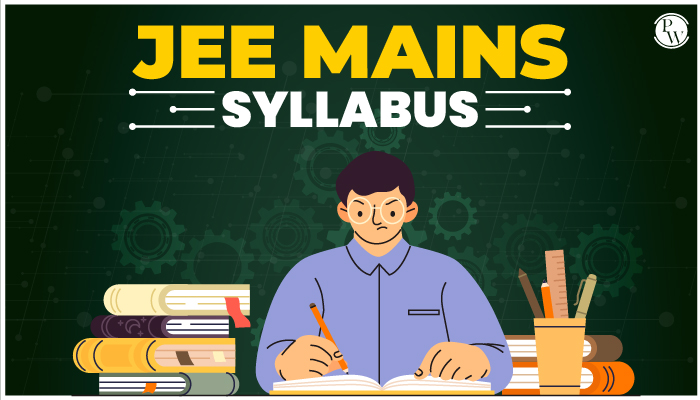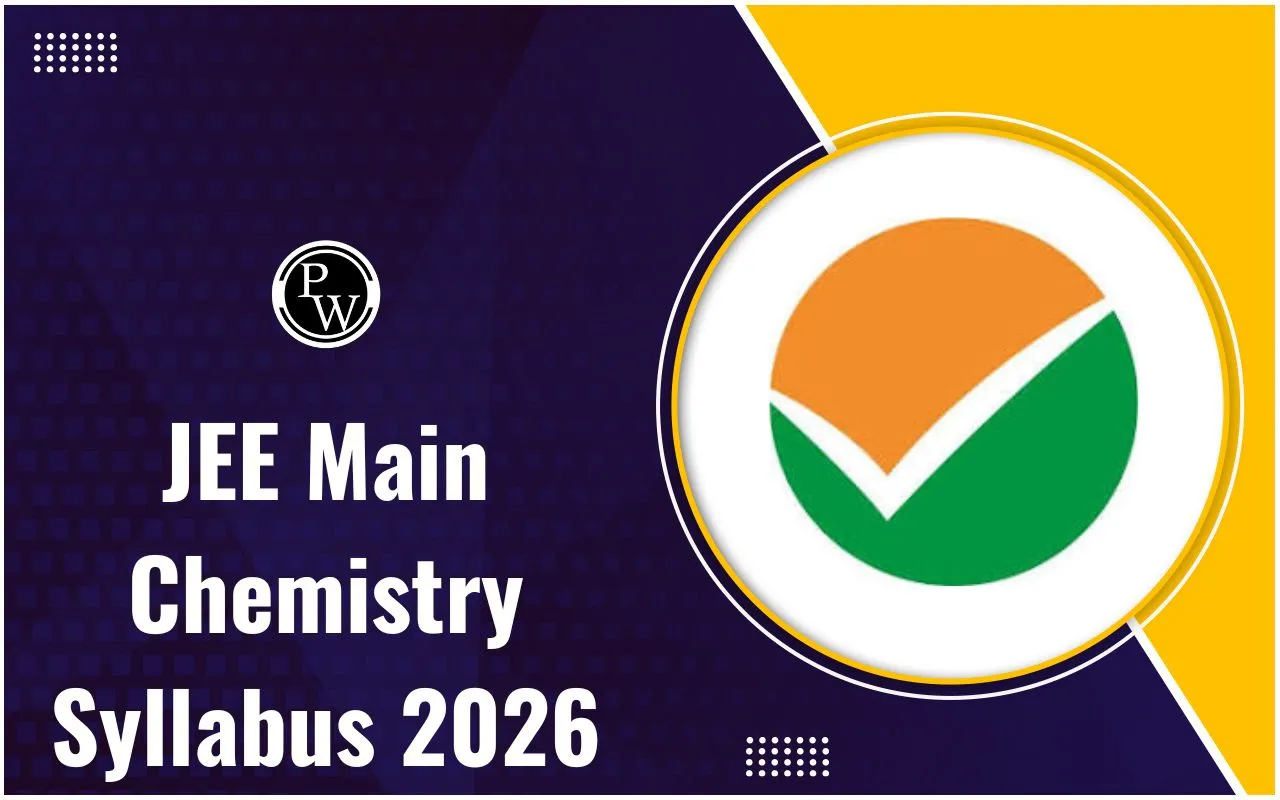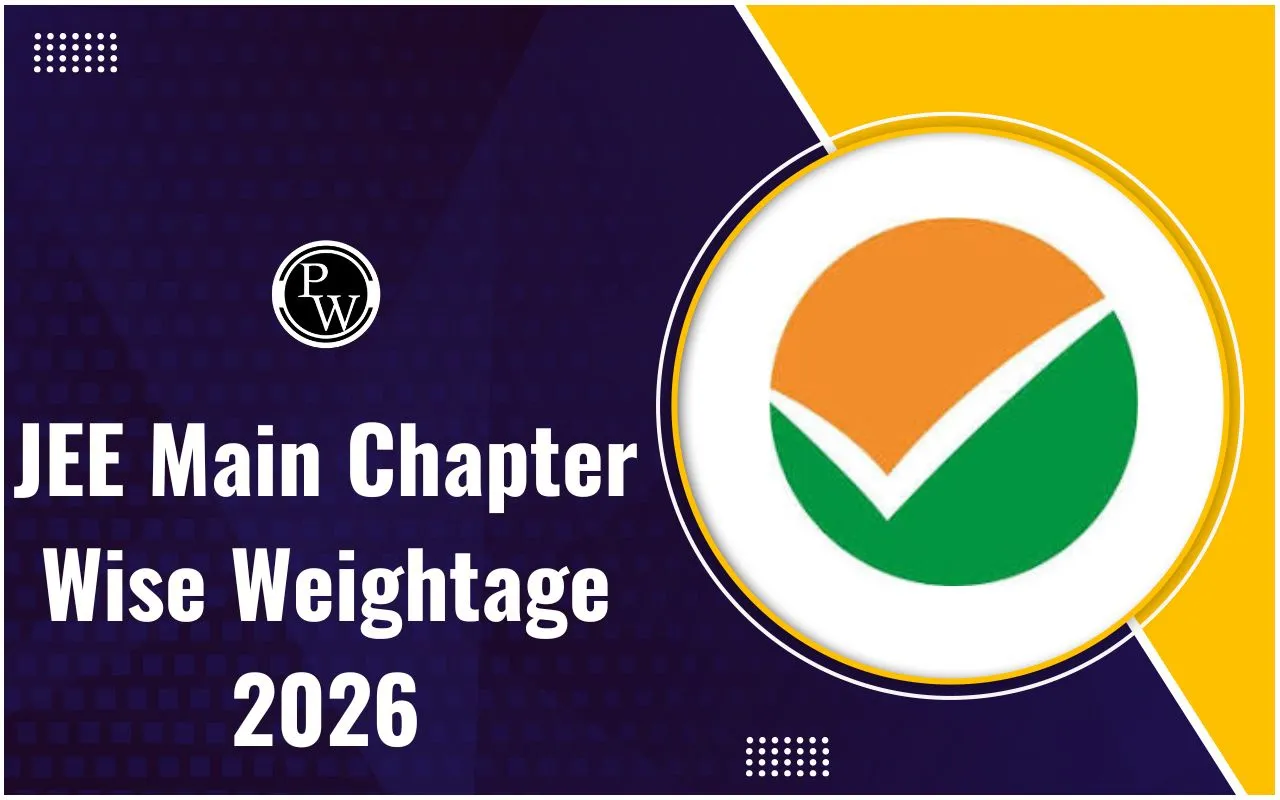
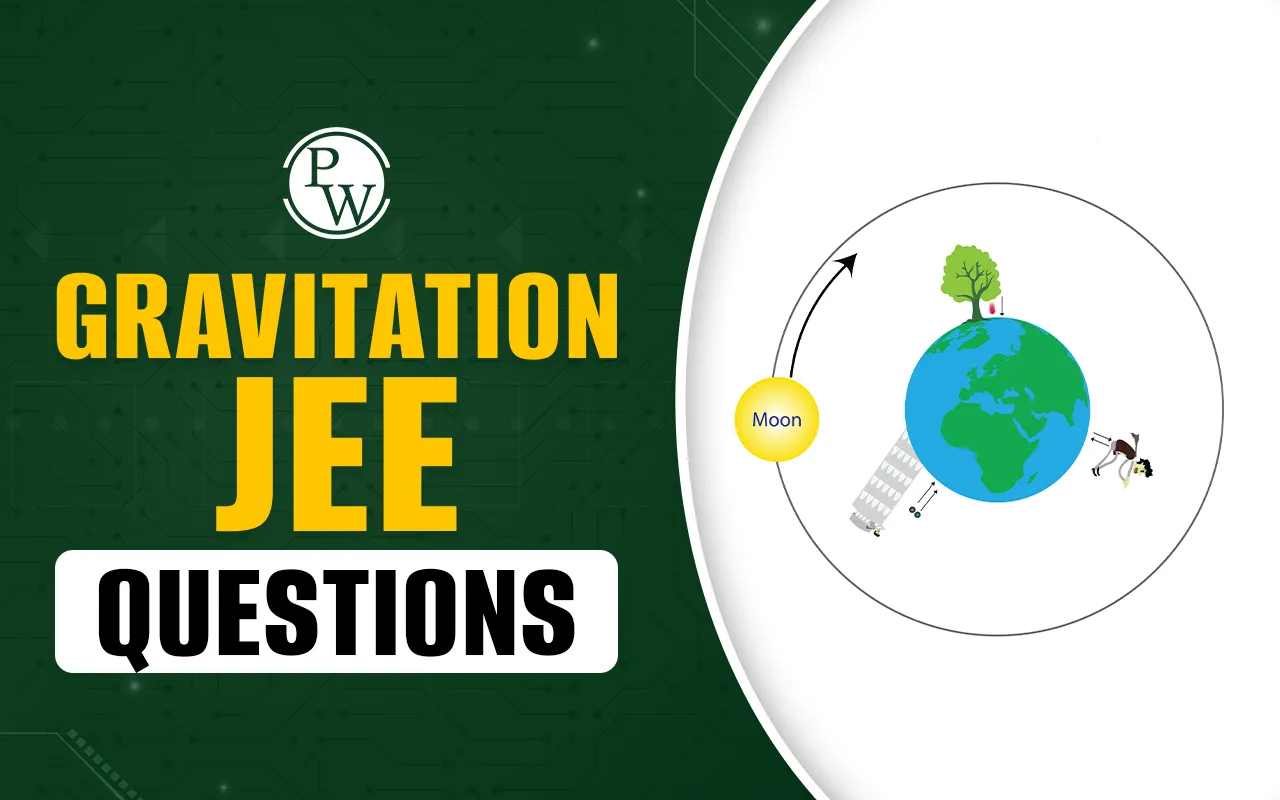
Gravitation JEE Questions: Gravitation is the force of attraction between two masses. Every two bodies in the universe attract each other through gravitation. It is because of gravity that planets orbit around the Sun, satellites orbit around the planets, and objects fall towards the ground on the Earth. Gravitation is a key concept for solving various problems in physics, particularly in mechanics and astrophysics.
Gravitation JEE Questions are a great practice for aspirants. Solving gravitation questions daily would help them to learn the laws of gravitation, orbital motion, and energy concepts in a clear way. They would be able to improve their speed of calculation and could reduce mistakes in the exams. Solving these numericals would also give them confidence in solving both numerical and conceptual questions. Revision of gravitation questions JEE Mains, important JEE gravitation PYQs and gravitation questions for JEE Advanced would help the students to score marks in one of the high-scoring sections in JEE Main Physics Syllabus.
Gravitation JEE Questions Overview
Gravitation is an important chapter in the Physics JEE syllabus. It contains topics like Newton’s law of gravitation, gravitational potential energy, motion of satellite and orbital mechanics. JEE Main and JEE Advanced have conceptual questions and questions that require calculations.
Understanding this chapter becomes clear when you analyze JEE PYQ. Questions from gravitation have appeared every year in the past. Students who can solve gravitation questions Mains and practice JEE Advanced gravitation problems score good marks in this section.
Practice Gravitation JEE Questions
Practicing Gravitation JEE Questions allows students to gain speed and accuracy. Solving JEE previous year questions and sample questions help students to get familiar with JEE exam patterns and also revise formulas in a better way. Here are some JEE questions with multiple-choice answers similar to those in JEE:
1. Energy of a satellite going around the earth in an elliptical orbit is given by -GMm/2a, where M and m arethe masses of the earth and the satellite, respectively, and 2a is the major axis of the elliptical path. A satellite is launched tangentially with a speed √(3GM/5R) from a height h = R above the surface of the earth. Calculate its maximum distance from the centre of the Earth.
A. 2R
B. 5R
C. 3R
D. 2.5R
2. Suppose that the gravitational attraction between a star of mass M and a planet of mass m is given by the expression F = K Mm/rⁿ where K and n are constants. If the orbital speed of the planets were found to be independent of their distance (r) from the star, calculate the time period (T₀) of a planet going around the star in a circular orbit of radius r₀.
A. 2π / √kM T₀³/²
B. 2π / √kM
C. π / √kM T₀²
D. 2π / √kM T₀
3. An asteroid of mass M explodes into a spherical homogeneous cloud in free space. Due to energy received by the explosion, the cloud expands and the expansion is spherically symmetric. At an instant, when radius of the cloud is R₀, all of its particles on the surface are observed receding radially away from the centre of the cloud with a velocity v₀ = √(GM/R₀). What will the radius of the cloud be, when its expansion ceases?
A. R₀
B. 3R₀
C. 5/2 R₀
D. 2R₀
4. A solid sphere of uniform density and radius R applies a gravitational force of attraction equal to F₁ on a particle placed at a distance 3R from the centre of the sphere. A spherical cavity of radius R/2 is now made in the sphere as shown in the figure. The sphere with cavity now applies a gravitational force F₂ on the same particle. The ratio F₂/F₁ is
A. 9/50
B. 41/50
C. 3/50
D. 11/25
5. A ring of radius R, mass m and a solid sphere of the same mass m and same radius R are placed with their centres on the positive x-axis. The observer is moving from some finite distance on the negative x-axis towards positive x-axis and the plane of the ring is perpendicular to x-axis. If the observer moves only up to the surface of the solid sphere, then the net gravitational field varies with the distance moved along x-axis as
6. Imagine the acceleration due to gravity on Earth is 10 m/s² and on Mars is 4 m/s². A traveler of mass 60 kg goes from Earth to Mars by a rocket moving with constant velocity. If the effect of other planets is assumed to be negligible, which one of the following graphs shows the variation of weight W (in N) of the traveler with time t (in seconds)
A. Graph A
B. Graph B
C. Graph C
D. Graph D
7. A thin spherical shell of mass M and radius R has a small hole. A particle of mass m is released at the mouth of the hole. Then the particle
A. will execute simple harmonic motion inside the shell.
B. will oscillate inside the shell, but the oscillations are not simple harmonic.
C. will not oscillate, but the speed of the particle will go on increasing.
D. stays at rest in its equilibrium position.
8. The period of revolution of an Earth satellite close to the surface of Earth is 90 minutes. The time period of another satellite in an orbit at an altitude of three times the radius of Earth is
A. 90√8 min
B. 270 min
C. 360 min
D. 720 min
9. Consider a circular disc of mass M, radius R, with surface mass density σ. The gravitational potential due to the disc at a point P lying on its axis at a distance r from the centre is
A. -2πσGCr
B. -4πσGR
C. 2πσG( r – √(r²+R²))
D. -2πσGr (1 – r/√(r²+R²))
10. The weight of a body at the equator of a planet is half of that at the poles. If the peripheral velocity of a point on the equator of this planet is v₀, what is the escape velocity of a polar particle?
A. v₀
B. 2v₀
C. 3v₀
D. 4v₀
Watch Gravitation Question Practice Video on YT
Gravitation JEE Questions PDF and Solution
Physics Wallah (PW) provides a specially designed Gravitation JEE Questions PDF for students preparing for JEE Main and Advanced. This PDF contains a wide range of practice problems along with an answer key and detailed solutions, covering all important topics from the Gravitation JEE Questions.
Gravitation JEE Questions PDF with Solution
Practice with Free PDF
Gravitation JEE Questions FAQs
How many questions are there from Gravitation in JEE?
Are Gravitation JEE Questions difficult?
Which topics are most important for Gravitation in JEE?
How to prepare Gravitation for JEE Advanced?
Can I score full marks in Gravitation?


